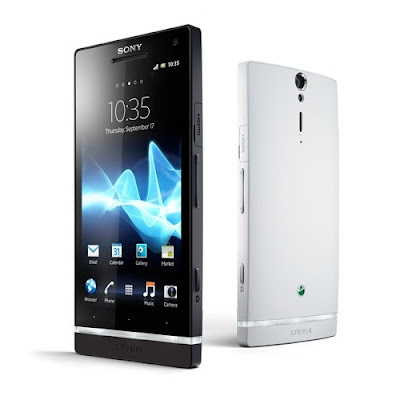The fast boot is one of the main features that the new Windows 8 platform arrives with, but it can also be seen as one of its greatest weaknesses from a certain point of view.
Windows 8 can boot faster than any previous versions of the platform, that’s a fact. With help from devices that have been designed specifically for it, Windows 8 can boot up in about 7 seconds, as the video embedded at the bottom of this article shows. Microsoft designed Windows 8 to be that fast, but it appears that it actually made it too fast to allow for any actions to interrupt the boot sequence. On new hardware, the first 2-3 seconds are those when the various individual portions that comprise the boot sequence are loaded, while the next seconds are destined to get users to Windows as fast as possible. Since the boot time is so short, users won’t have time to notice what’s being loaded, nor will they be able to react if they want to perform a different action than simply getting into Windows.
To access the boot menu, for example, one would have to press the F8 key, but the new SSD-based UEFI systems have shortened the windows during which this can be done to only 200 milliseconds, which is not enough to be successful when hitting the key. This could be seen as a problem, especially when users would like to perform actions such as booting from a different device, troubleshoot issues, fix an error, or take advantage of startup options that are used by developers.
A single Boot Options Menu
Windows 8 will come with all these options in a single menu, the boot options menu, which includes troubleshooting tools, developer options for startup, methods for accessing the firmware’s BIOS setup, and ways to boot to alternate devices such as USB drives. Moreover, the platform includes failover behaviors that will automatically bring up the boot options menu, as well as a set of methods to reach the boot options menu from the OS, even at times when nothing is wrong. To access the boot options menu, users no longer need to interrupt the boot sequence with key strokes. To boot from another device, for example, they will simply have to click on the “Use a device” button in the boot options menu.
Also there, users will find the option to reboot directly into the UEFI firmware’s BIOS setup, via a button available under the “Troubleshooting” node, within the “Advanced options” group. On older hardware, the UEFI-provided menu features are not available, but users will be able to enter the boot menu with key strokes, since the boot time will be a bit longer. On all devices, a Windows Startup Settings is available in the boot options menu, enabling users to take advantage of features such as disabling driver signing or entering a debugging mode. A Safe Mode is also accessible from there.
“The boot options menu creates a single place for every option that affects the startup behavior of the Windows 8 PC,” Chris Clark, a program manager on Microsoft’s User Experience team, explains. “By bringing these together into a single place, the boot options menu has become a familiar, unified, and highly usable place for these related items. Tasks such as changing Windows Startup settings, entering the UEFI firmware’s BIOS setup, or booting to a USB drive no longer require interrupting boot with a keystroke – assuming you can get to the boot options menu itself.”
Accessing the boot options menu
When in need to get to the boot options menu on a Windows 8 PC to fix an issue preventing the OS from loading, the automatic failover behavior will do that, regardless of whether it’s a faulty driver, or something else. “We now algorithmically detect when this has occurred across multiple boots, and automatically boot directly into the boot options menu inside the Windows Recovery Environment (WinRE),” Chris Clark notes. “Since the source image for WinRE contains drivers and files that are kept separate from the main Windows installation, it’s not affected by any software changes and is a reliable environment to begin troubleshooting from the boot options menu.”
Moreover, Windows 8 can suggest specific actions to be taken for resolving issues that prevent it from loading normally. For example, the specialized Startup Repair Tool will be presented in some of these cases. The boot options menu also has a prominent Continue button in the first position, which enables users to enter Windows at times when the PC does not actually have a problem. To access the boot options menu from Windows 8, users will need to go to the Advanced startup section on the General tab of PC settings. Hitting the Restart Now button available there will do the trick.
Users can do the same through keeping the Shift key pressed while hitting Restart in the normal Shutdown menu. This allows for the boot options menu to be delivered even without signing in to the PC. More info can be found
via this video. “There’s one other way to trigger the boot options menu during shutdown, and this way has the added bonus of working from Command Prompt. We’ve added a new flag to
shutdown.exe: /o. The
/o flag only works in conjunction with
/r (for restart), so the full syntax is:
Shutdown.exe /r /o,” Clark also notes.
“We added this new flag to shutdown.exe because we wanted to keep this part of Windows consistent and predictable. Not everyone uses Shutdown.exe, but those who do, depend on it for the full set of shutdown-related tasks.”



 5/23/2012 11:52:00 PM
5/23/2012 11:52:00 PM
 dannzfay
dannzfay







































